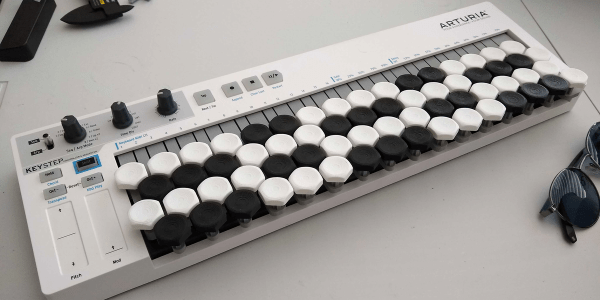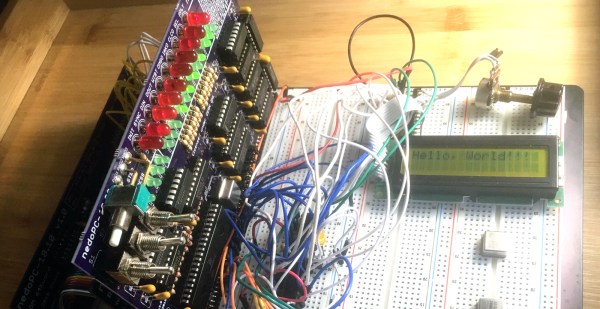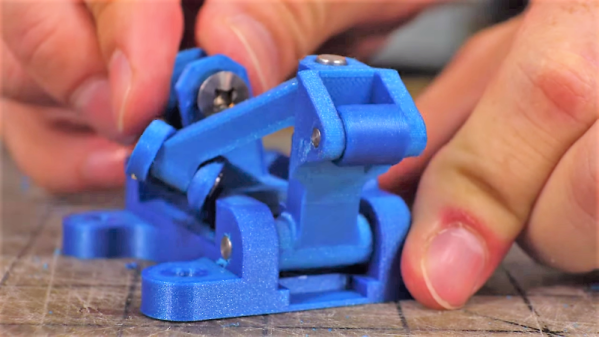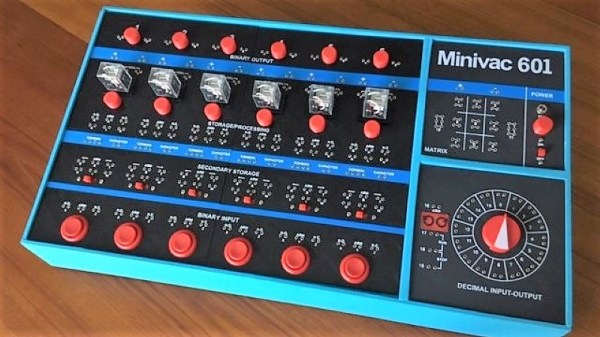A piano keyboard can be much more than a linear row of white keys and black keys. Over the history of the keyboard, different arrangement have been made, and in the late 19th century, the Janko keyboard was developed. This keyboard that was a series of buttons laid out on a hexagonal grid. The idea being that every scale in every key is fingered the same. Chords with large intervals are easier. It also looks cool.
To date, making a MIDI Janko keyboard (with CV out) was an exercise in buying a lot of buttons and programming a microcontroller. But this 3D print from [TomsJensen] adapts what is probably the most popular MIDI keyboard in production to a Janko layout.
We have seen something like this before with [John Moriarty] building a system that adapts a standard piano keyboard and any full-size MIDI controller into an isomorphic keyboard. However, if you want to play with modular synths you need a keyboard with CV out, the cheapest and most popular being the Arturia Keystep. That’s a smaller keyboard and requires a complete redesign.
This project is up on OnShape with the files up on Thingiverse should you want to print your own. Sure, it’s just a small modification to an already popular MIDI keyboard, but if you’ve got some plastic sitting around it would be great to try out.




















